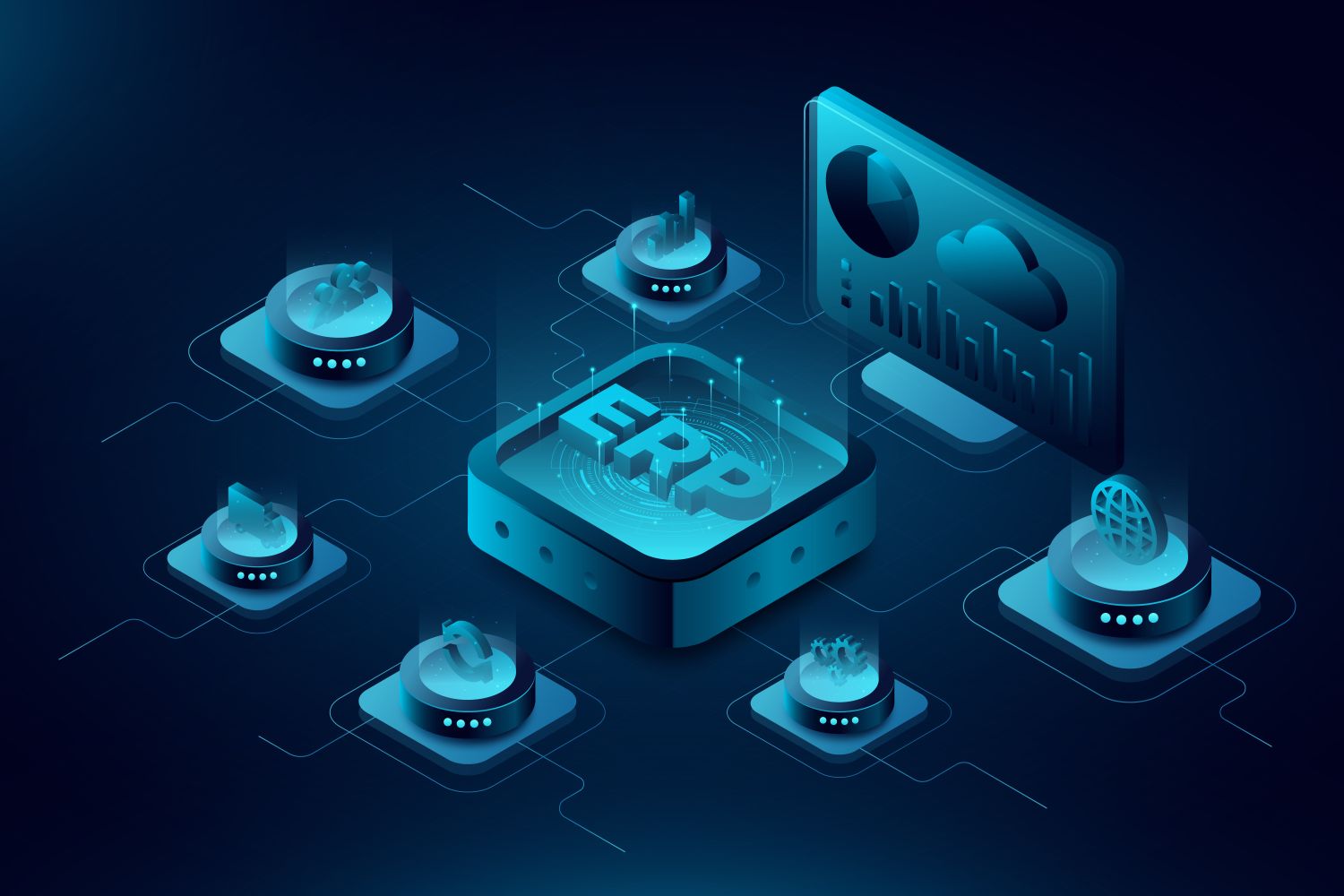CEOs are facing increasing pressure to innovate and respond quickly to market demands, but outdated ERPs have become a barrier that jeopardizes both competitiveness and organizational security. While many companies invest in AI or automation, these efforts lose effectiveness when based on old systems, whose maintenance—according to Microsoft data—can consume up to 90% of the IT budget.
In this context, Excelia, a Spanish consulting firm specializing in technology and professional services, has published the report “CEOs on the Tightrope: The High Cost of an Obsolete ERP”, which identifies the eight main indicators that help companies recognize when it’s time to modernize their ERP.
1- Complicated or nonexistent updates: if applying patches involves long, costly projects, or the vendor no longer provides support, the system becomes a risk source.
2- Poor integration: it’s either complex or impossible to connect the ERP with modern solutions like CRM, advanced analytics, e-commerce, or mobile apps.
3- Manual and inefficient processes: activities that should be automated still rely on spreadsheets, data duplication, or manual work.
4- Limited mobility and access: the absence of cloud version, remote access, or usability on mobile devices restricts operational flexibility.
5- Unreliable or delayed information: reports arrive late, incomplete, or contain inaccuracies, making real-time decision-making difficult.
6- High maintenance costs: supporting the infrastructure, paying for specialized support, or resolving issues increases expenses year after year.
7- Poor user experience: unintuitive interfaces, rigidity, and distance from modern collaboration tools create resistance among teams.
8- Lack of scalability: the ERP does not support company growth nor adapts quickly to new business lines, subsidiaries, or regulatory changes.
What steps should be taken to modernize the ERP?
Modernizing the ERP can be a strategic and controlled process if approached with a clear plan: start with diagnosing critical systems, identify risks and limitations, prioritize high-impact updates, and apply new technologies where they provide the most return. Implement changes gradually, ensure compatibility, measure results, and manage internal adoption through clear communication and training—these are key steps to minimize risks. Additionally, partnering with a specialized provider helps guide the process, bringing experience and expertise to ensure each technological investment delivers real value.
Once this modernization is established, the next logical step will be incorporating AI agents, transforming the ERP into a proactive assistant capable of anticipating needs, optimizing operations, and freeing teams from repetitive tasks.
“ERP systems have been essential for integrating processes and providing control within organizations, but even the most advanced still require significant human intervention. AI agents are the next step: they analyze data, anticipate issues, and enable conversational interactions, turning the ERP into a proactive assistant that streamlines operations and frees teams from repetitive work,” says Juan Pablo Plaza, Business Applications Managing Director at Excelia. He adds: “For these innovations to have a real impact, it’s crucial to have a partner like Excelia during implementation, which brings experience and knowledge to support companies in modernizing their systems and ensures each technology investment translates into efficiency, agility, and sustainable growth.”
Excelia offers Business Applications solutions designed to modernize systems in a scalable and secure way, based on three pillars: progressive modernization of ERP systems toward modular architectures, intelligent integration that connects critical applications for a unified, real-time view, and automation with advanced analytics to optimize processes and enable data-driven decision-making. All of this is complemented by technological governance and change management methodologies to ensure a smooth transition and turn systems into engines of continuous transformation.

